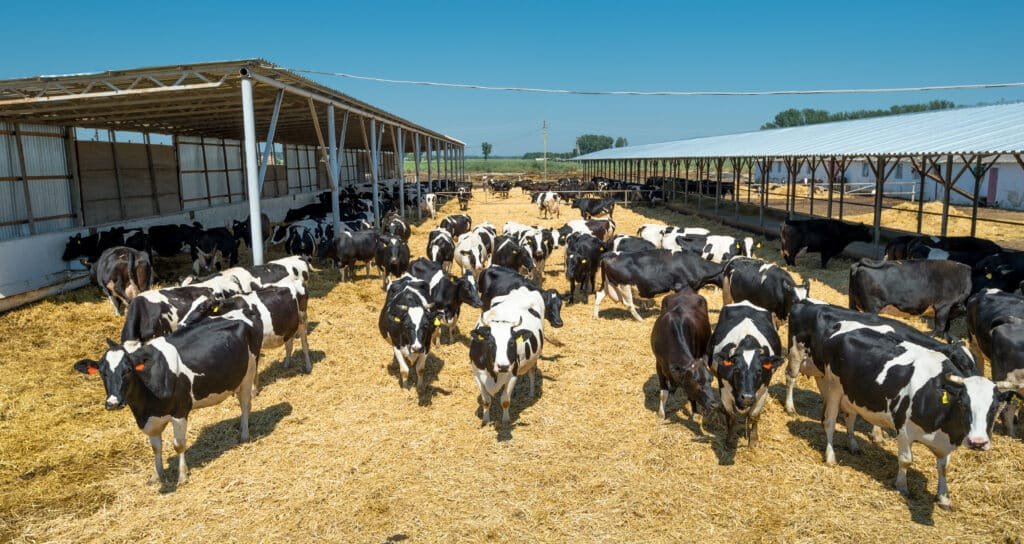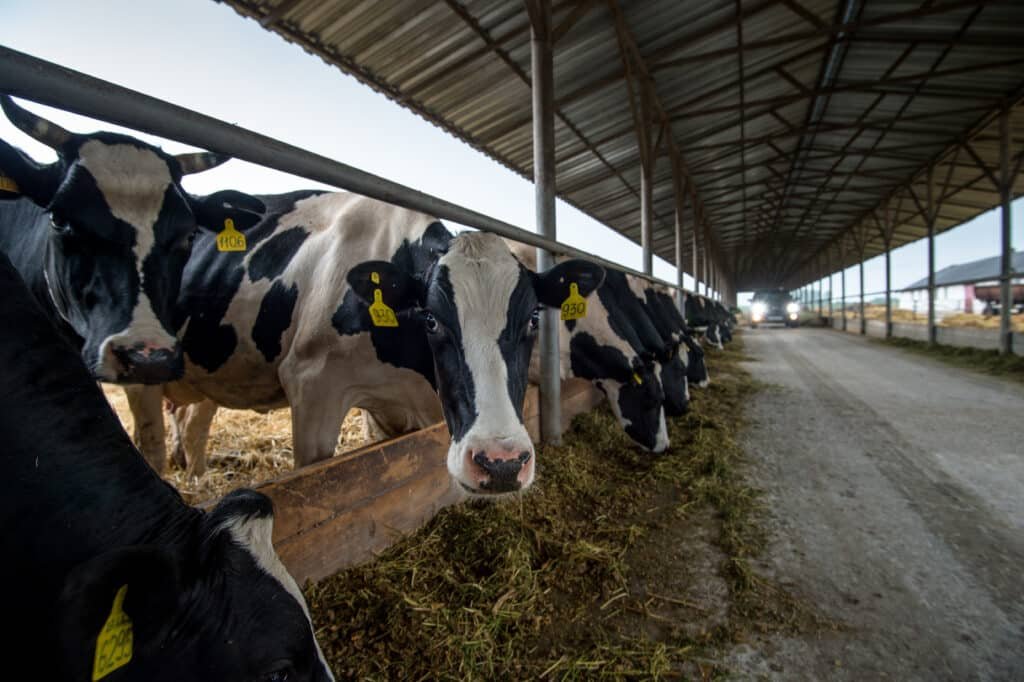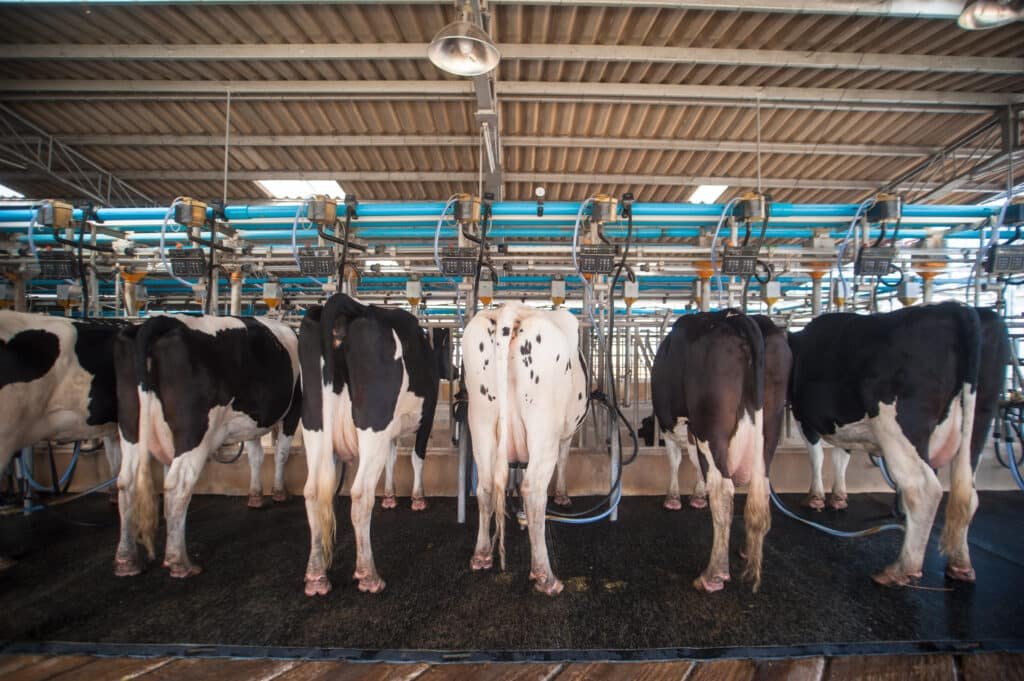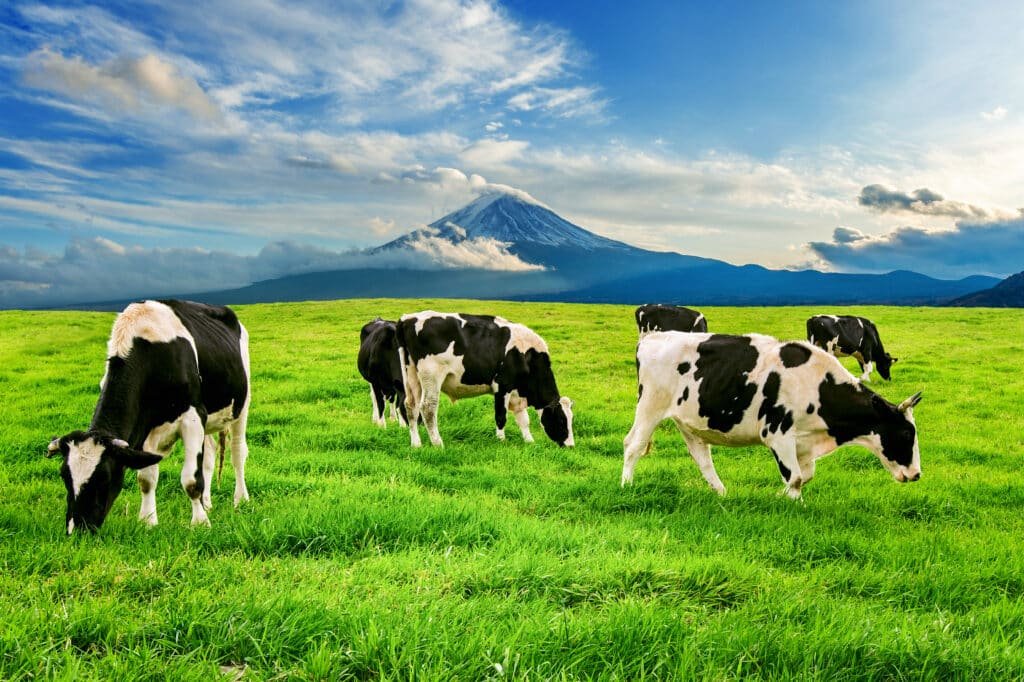Milk is among the natural products that are highly consumed in the world. It is a mere glass of milk in the morning, and the new types of dairy goods, such as butter, yogurt, cheese, cream, etc., all begin at the same point, at the milk production farm. However, have you ever felt like asking yourself how a milk production farm functions, what the obstacles to it are, and why it is gaining more and more significance in the modern world? Now, we will explore how milk farming works, its advantages, and its future.
What Is a Milk Production Farm?

A milk production farm is a specialized farm production facility that houses cows, buffalo, goats, or other dairy animals to produce milk. Not only does the farm produce milk, but it maintains its quality, hygiene, and sustainability before it gets to your table. In contemporary dairy farms, conventional systems are often coupled with modern technology to increase milk production levels without compromising animal welfare.
The Step-by-Step Process of Milk Production
1. Animal Care and Feeding
The animals are still healthy due to clean drinking water and quality veterinary service.
2. Milking Process
Milking has been done in a manual way or in a sophisticated way by the use of milking machines. Automated systems in modern farms minimize contamination and improve efficiency. The cows are usually milked twice per day.
3. Milk Collection and Storage
The raw milk is cooled soon after it has been milked, and kept in stainless steel tanks to preserve the freshness and to inhibit bacterial growth.
4. Quality Testing
The milk also passes through rigorous quality control before it is allowed to move out of the farm to ensure the amount of fat, freshness, and purity in the milk.
5. Distribution and Logistics.
Refrigerated tankers carry the milk to the processing plants, where it can be pasteurized, homogenized, or processed into different dairy products.
Why Are Milk Production Farms Important?

- Nutrition Source: Milk contains many nutrients that our body needs, e.g., calcium, protein, vitamins, and minerals.
- Economic Value: Dairy farming is a significant income-generating activity for millions of farmers all over the world.
- Employment: Milk farming employs many people since it is in the farm or processing plants.
- Food Security: It guarantees a good supply of milk products to address the increasing demand in the world.
Contemporary Dynamics in the Milk Production Farms.
1. Organic Dairy Farming
Customers prefer organic milk more because it is not made using artificial hormones, pesticides, and antibiotics.
2. Technology Integration
The dairy industry is changing thanks to new technologies, such as automatic milking robots, IoT, and farm management software.
3. Sustainability
As the world pays more attention to the problem of climate change,eco-friendly practices being emphasized in many farms include renewable energy, waste recycling, and water conservation.
4. Animal Welfare
Animals are also becoming ethical to treat. Farming has become a common thing that has been linked to a comfortable home, free grazing fields, and health checks.
Challenges Faced by Milk Production Farms
Nevertheless, dairy farmers are forced to deal with the following issues:
• Fluctuations in milk prices.
Climate change: Availability of fodder:
Other: This aspect may have a direct effect on the availability of fodder.
• Stressful moment, high quality standards by strict rules.
The intervention of the government, training of the farmers, and the development of new farming techniques can be used to address these problems.
The Future of Milk Production

The future of milk farming is bright and the future is going to be technological and sustainable. Herd management artificial intelligence, automated milking machine and friendly to the environment solutions are bound to raise productivity and minimize the environmental impact. Meanwhile, the milk and dairy products world market is likely to grow and this milk production is a major industry.
Conclusion:
That is why, what is a production farm of milk and why is it needed nowadays?
Not only is it a milk-producing area, but the hub of the dairy industry, providing millions of families, the source of vital nutrition and abreast of world trends. Milk production farms will continue to play a significant role in our everyday life as long as there is sustainability and innovation.





